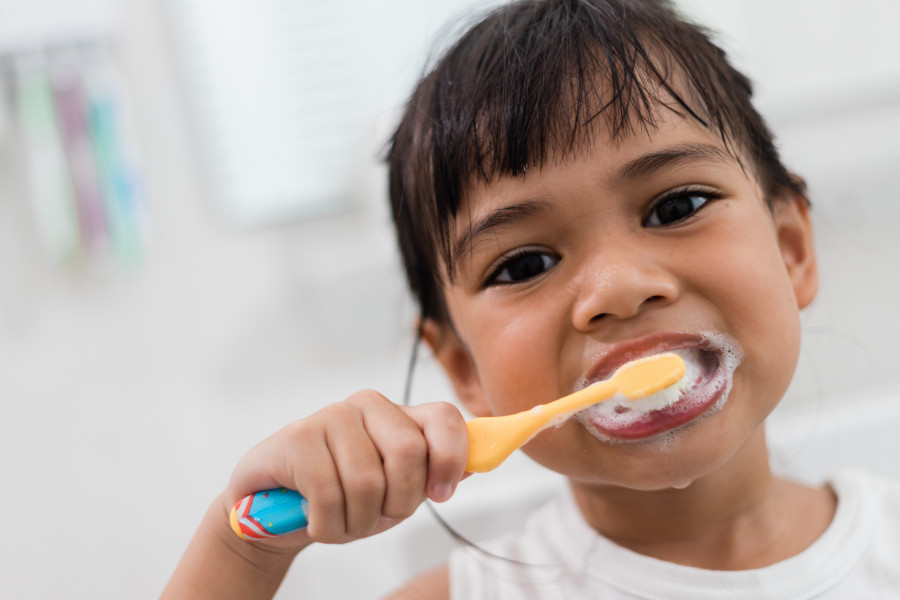
Orthodontic treatment in children plays a key role in the proper development of the teeth and jaws. Unlike adults, whose growth is complete, in children the dentist can guide and shape jaw development, ensuring the teeth align naturally and harmoniously.
Timely intervention prevents serious future problems and gives your child a healthy, confident smile.
Irregularities in tooth alignment or bite often appear early. If left untreated, they can cause functional problems — improper chewing, speech difficulties, or even changes in facial shape. Orthodontic treatment in childhood allows the specialist to regulate jaw width and position using special appliances that balance health and aesthetics.
A lingual plate is a removable appliance designed for slow jaw expansion. It consists of a plastic base and metal components that provide support and stability. The child wears it most of the time, removing it only for cleaning.
Though the process is gradual, the results are stable and long-lasting, since the skeletal changes are permanent.
A fixed appliance attached to the teeth with metal rings. It works continuously and doesn’t rely on the child’s cooperation. It provides faster expansion of the upper jaw and helps correct crossbites or narrow arches.
The Invisalign Palatal Expander is a revolutionary orthodontic innovation — a custom-made series of devices that are changed daily until the desired result is achieved. They are comfortable, discreet, easy to clean, and well accepted by children, making treatment smoother and more enjoyable.
It is recommended to visit an orthodontist at around 6–7 years old, when the first permanent teeth appear.
There may be slight discomfort during the first few days, but children adapt quickly and there is no real pain.
Depending on the case and appliance, it usually takes a few months to 2 years.
Traditional expanders are more noticeable, while 3D-printed ones (Invisalign Palatal Expander) are discreet and nearly invisible.
Minor temporary discomfort may occur, but children adapt fast and can eat and speak normally soon after.
